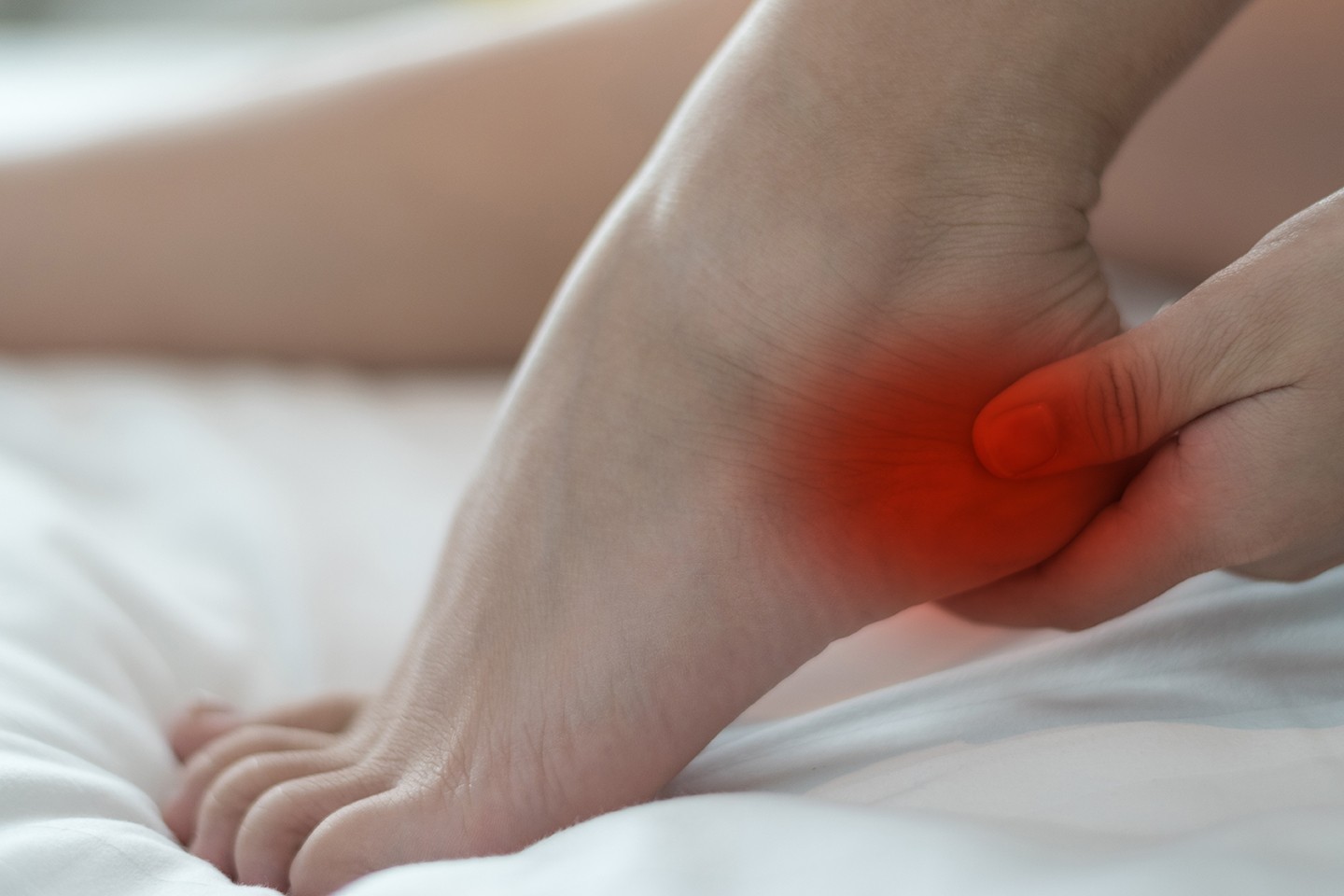Sever’s disease/Calcaneal apophysitis
This condition is also known after doctor who first identified it in 1912 It was called Sever’s disease which does sound rather scary. It is the most common cause of heel pain in children. Podiatrists regularly treat these common injuries when they affect a foot or ankle, at Zest we would recommend our MSK lead.
Symptoms of calcaneal apophysitis
In all growing children there are areas on the bone that are made up of special cells from which the bone will grow. These are called your growth plates or apophysis. The growth plate on the back of the heel bone (calcaneus) is situated where the Achilles tendon connects to it. Bones in children tend to grow quite quickly in comparison to other structures particularly tendons.
As parents can testify when their child goes through a growth spurt can be very quickly over a few weeks. These growth spurts are most prevalent between the ages of 9 and 11 which is the most common time to get calcaneal apophysitis and at the start of a new sporting season.
The shin bone (tibia) starts to grow but unfortunately the Achilles tendon, which does not have as good blood supply as the bone, cannot grow or stretch at the same rate. This means that the Achilles tendon becomes tighter and as they move it pulls with more and more force on the growth plate at the back of the heel bone causing the growth plate to become irritated.
Treatment
If left calcaneal apophysitis will eventually get better by itself within 2 to 4 weeks. But it can become very painful and last longer in which case your podiatrist can help. If the child is not in too much pain they can continue with their activities and use ice regularly on the area to relieve pain. In some cases, a heel raise, or orthosis will help and often stretches are used to help settle the condition more quickly.
The most important thing is to keep the child is comfortable as possible while this condition resolves. We often recommend daily use of trainers or walking shoes until the pain settles. Recurrence of calcaneal apophysitis is not uncommon with each growth spurt but should this occur your podiatrist will tell you how to deal with it. This same sort of condition occurs in other areas of the foot such as at the base of the fifth metatarsal where it is known as Iselin’s disease.


